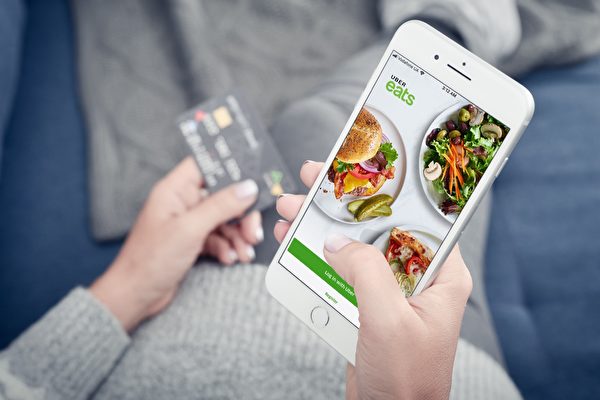In today’s digital age, the convenience of ordering food through mobile applications and having it delivered right to your doorstep has become a popular and efficient business model.
According to a report by the food service industry research company Technomic, the amount consumers spend on ordering meals through these food delivery apps has been growing rapidly compared to ordering directly from restaurants from 2022 to 2024. The percentage of consumers choosing third-party delivery services has also increased, rising from 15% in 2020 to 21% in 2024.
Technomic highlights that features such as clear order tracking systems, meal discounts, and the opportunity to explore new restaurants have encouraged customers to repeatedly use food delivery services.
Despite efforts by platforms like Uber Eats, DoorDash, and Grubhub to lower meal costs through membership programs, consumers still perceive ordering through these apps as more expensive than dining in at restaurants.
Recent studies show that among consumers who have reduced their food delivery orders, 41% cited high delivery fees as a reason, while 48% found menu prices to be too steep. Research by investment advisory firm Gordon Haskett Research Advisors reveals that menu prices for app-ordered meals have nearly doubled from 2020 to 2023.
Third-party delivery services also come with additional costs. Companies like Uber charge delivery fees that vary based on demand, location, and availability of drivers. DoorDash similarly imposes delivery fees. Both platforms clarify that these fees go directly to them, not the drivers or restaurants. Grubhub also charges delivery fees that increase with distance.
Moreover, these apps often levy service fees separately. Grubhub and DoorDash state that these fees cover operational costs, while Uber mentions that after deducting a nominal amount, the service fee is paid entirely to the delivery drivers.
As a result, many customers often find themselves unsure of the final total of their order until they proceed to checkout, which can lead to unexpected price discrepancies.
One app user shared, “You see something priced at $15, but then at checkout, it adds up to around $25, but you’ve already made up your mind to purchase it.”
Nonetheless, for restaurants, utilizing third-party delivery services can enhance visibility and customer reach.
CNBC reports that over a million businesses partner with Uber Eats, more than 375,000 with Grubhub, and approximately 100,000 with DoorDash.
However, joining these third-party services comes with additional costs. Uber Eats and DoorDash charge commissions ranging from 15% to 30% of the total order value. Restaurants joining the Grubhub Marketplace must pay marketing commissions of 5% to 10% per order, processing fees, and a 10% delivery fee.
Tony Scardino, the owner of Professor Pizza in Illinois, expressed concerns over the high fees of these platforms after using them for nearly four years. Nevertheless, he acknowledged the value for smaller businesses, stating, “Their user base is so large that it’s hard not to work with them.”
These escalating costs may, in turn, force restaurants to raise menu prices. Research by Gordon Haskett Research Advisors reveals that popular eateries using third-party delivery services price their dishes about 20% higher than dine-in costs.
To alleviate financial burdens on consumers, many third-party delivery services have introduced membership programs that offer free delivery as a benefit, with typical monthly membership fees starting at $9.99.

